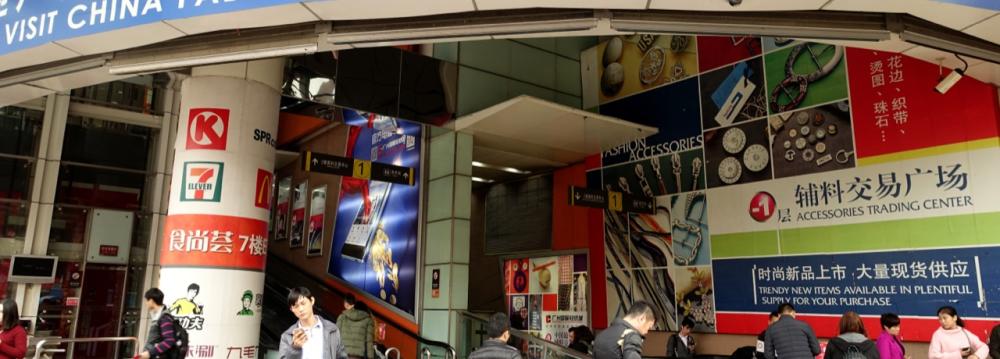The picture of China’s economy slowing in the second quarter is misleading, or even inaccurate, with retail sales and investment actually stronger than the official data show, according to the China Beige Book.
“The retail sector may be seeing a turn higher, with profit and investment growth improving,” CBB said in a report, adding that slowing seen in official data in May reflects not the current situation but weakness seen earlier this year and late last year. “The sector may already be emerging from the troubles Beijing is just now introducing publicly," Bloomberg reported.
Similarly for investment, official statistics are lacking as they undercount retail spending, according to the private survey by CBB International, which collects anecdotal accounts similar to those in the US Federal Reserve’s Beige Book.
This shows capital spending is very healthy in most sectors, the report said, noting that official fixed-asset investment “reflects only part of the story—panning the camera to a wider angle shows strong capex in multiple sectors.”
The picture of China’s economy slowing just as the trade war with the US heats up has prompted growing concern, with stocks falling and the central bank stepping in this week to boost credit to smaller companies and help firms deal with debt. Analysts expect the bank to further ease policy to help cope with slowing growth and offset the effects of a crackdown on shadow banking.
Borrowing Continues
However, while non-bank “shadow” institutions are being squeezed for money, the Beige Book reports that companies are still borrowing heavily, and interest rates have fallen, which should lower repayment costs. Corporate borrowing was higher when compared to both the first quarter and the same period in 2017, according to the report, while “interest rates fell nationally to lower than a year ago in every major sub-sector,” it said.
One area of concern was manufacturing, with the report noting that “a trade conflict with the US would hit what is already metastasizing into a sore spot for the Chinese economy.” The immediate problem is that manufacturing and commodities export orders in the quarter showed considerable weakness, and the outlook is worse, the report said.
Notably, the situation for steel deteriorated. “The share of steel firms reporting improved conditions fell hard in every major category, from revenue and profit growth to output, investment and hiring,” CBB said. “After nine quarters of record profit-making, and expanding production to take advantage of it, steel may be nearing a turn.”
Moving Into Bear Territory?
The People’s Bank of China said on Sunday it would release $100 billion into the banking system by allowing lenders to reduce their reserve requirements. The move is designed to support weak links in the economy and provide a cushion against any fallout from a possible trade war with the United States, but the “targeted” operation will not interrupt the government’s main aim to reduce debt levels, it said, Xinhua reported.
Economists, however, said it will not be easy to cut debt–one of Chinese President Xi Jinping’s priorities–without hurting growth, especially with US President Donald Trump threatening massive tariffs on Chinese products.
“It is impossible to deleverage painlessly,” said Hong Hao, chief strategist with Bocom International, the brokerage arm of Bank of Communications, China’s fifth-biggest lender.
China’s central bank had to make a choice, he said. Its move towards easing in response to economic growth headwinds could come at the cost of worsening the country’s financial situation in the long term.
The central bank’s move caused China’s stock market to slump. On Monday, the Shanghai Composite Index fell 1.1% to its lowest level in two years, while on Tuesday it ended down 0.5%, sparking concerns it was moving into bear territory. The yuan also continued to weaken against the US dollar.
Iris Pang, a China economist at ING, said her concern was whether the $100 billion of liquidity the PBOC planned to release was enough to have a significant impact on China’s $12 trillion economy.
“This may not be enough to cushion an escalating trade and investment war between China and the US, as well as a global trade war that disrupts the global supply chain,” she wrote in a note.
Hong said it seemed inevitable that the central bank would further cut lenders’ reserve requirement ratio–the proportion of funds they are obliged to deposit with the PBOC–following the 0.5 percentage point reduction planned for July 5.
“Few options are available for policymakers, and all the cards have been on the table,” he said. “More cuts this year are inevitable.”


